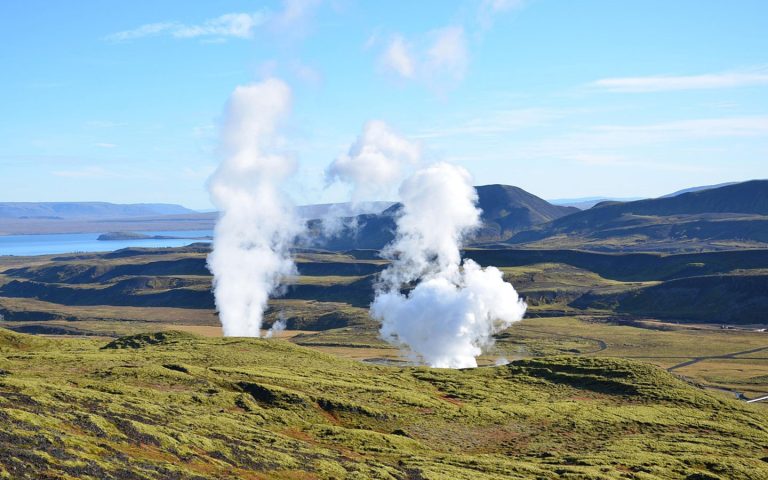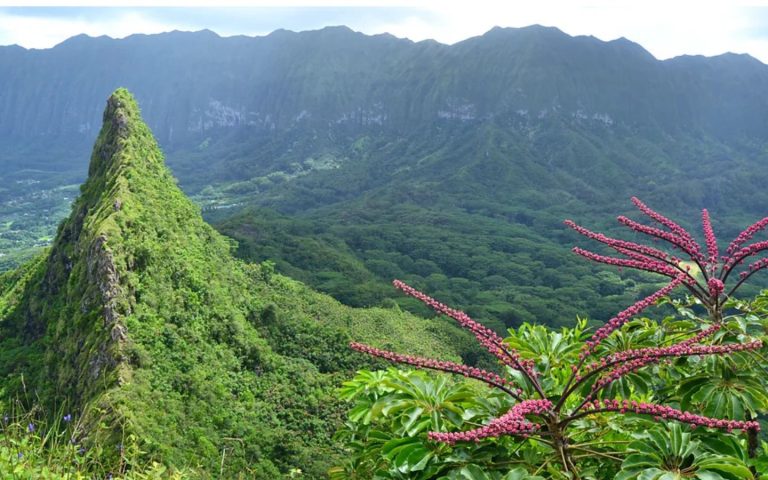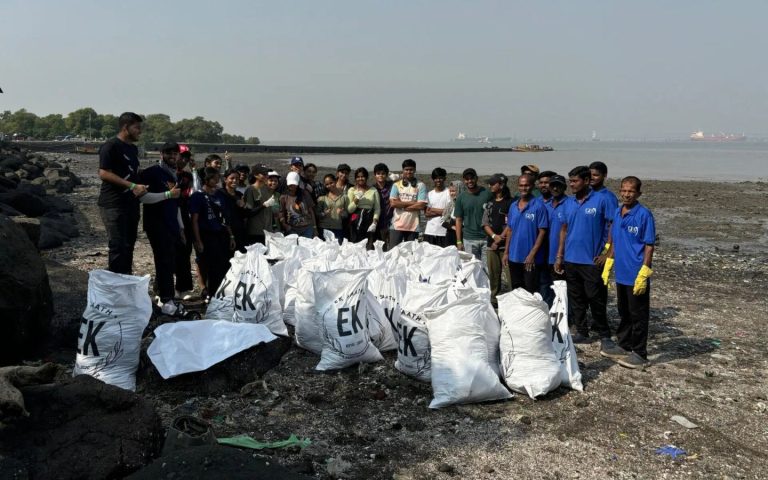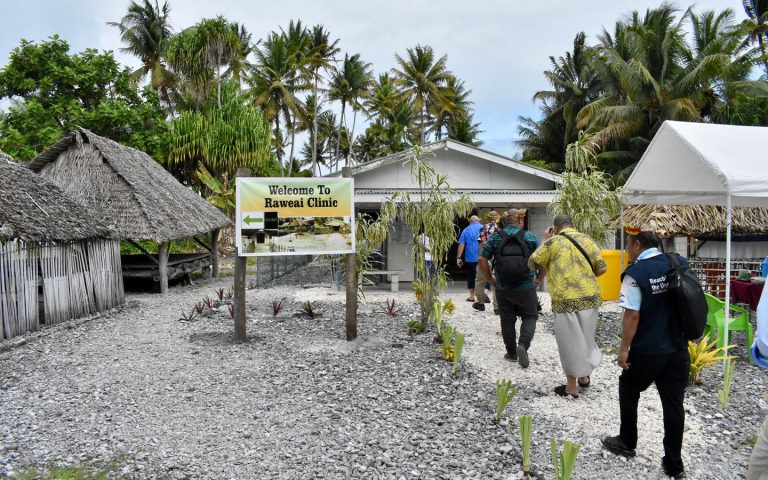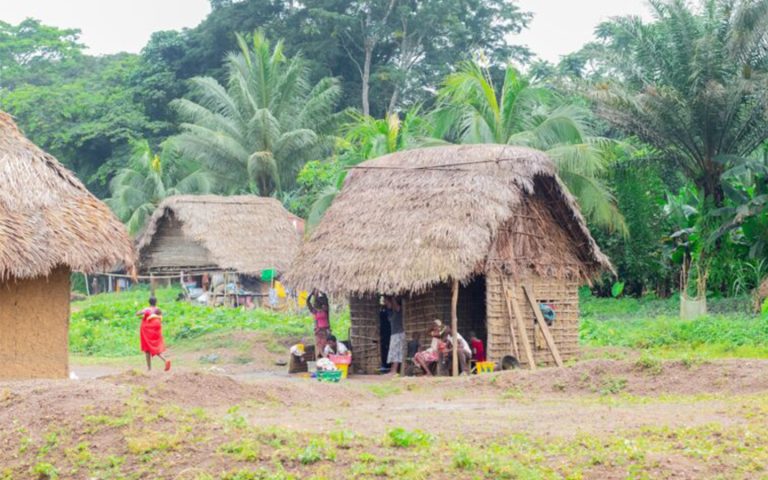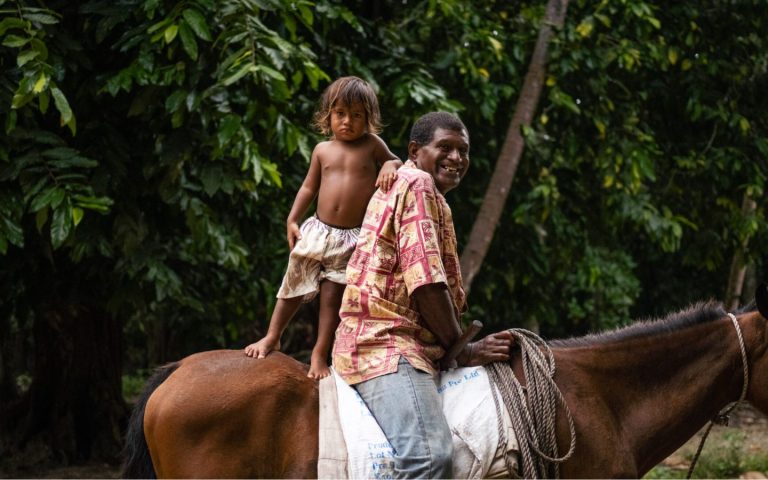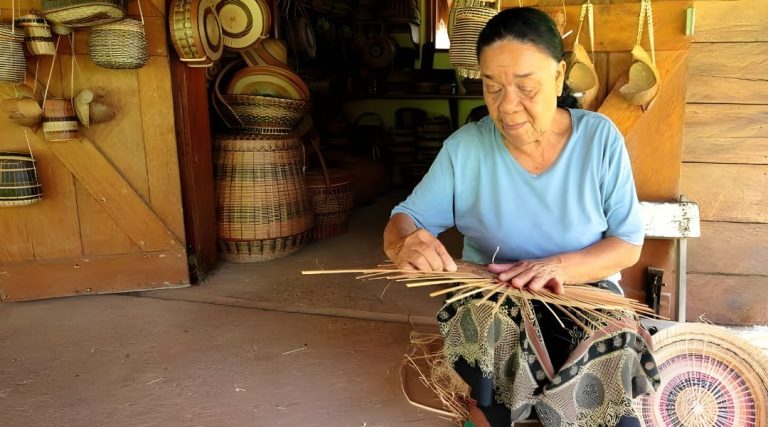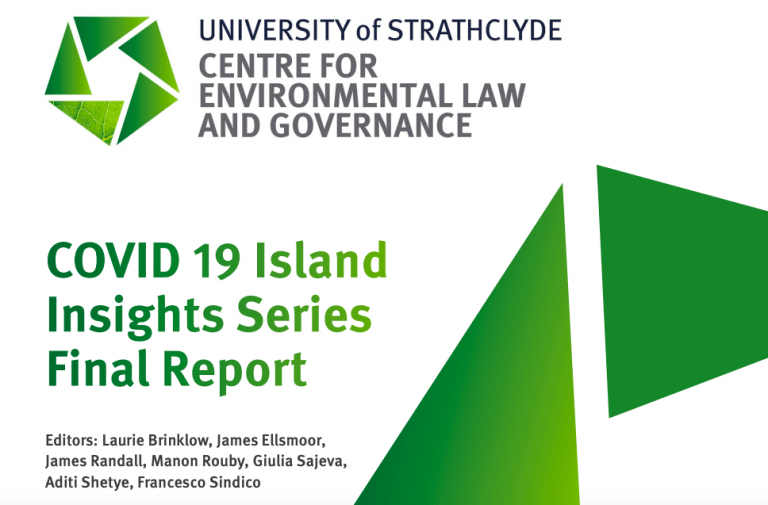Photo courtesy Wirestock. Retrieved from theconversation.com
Excerpt from theconversation.com
Researchers have long known that islands are hotspots for species diversity. But, until recently, there weren’t precise figures to quantify the diversity of plant life on islands. A study involving an international team of scientists has filled this gap. The researchers developed a database of vegetation information from more than 3,400 geographical regions worldwide, including about 2,000 islands.
The Conversation Africa chatted with the study’s lead author, Julian Schrader, about the findings on African islands’ plant life, including the fact that Madagascar has the world’s highest percentage of plant species endemic to a single island.
Why did you want to map plant diversity on islands?
Until now we didn’t know much about the global distribution of plants on islands. We didn’t have the answers to questions like: how many plant species are native and endemic to islands worldwide? What is their threat status, and which evolutionary lineages do these species come from? It’s surprising that we didn’t know; many islands are very appealing to researchers and they have always played an important role in ecology and biogeography.
Beyond being inherently interesting questions, these topics are also crucial from scientific and conservation perspectives. Only by understanding what exists can specific and effective conservation strategies be developed.


